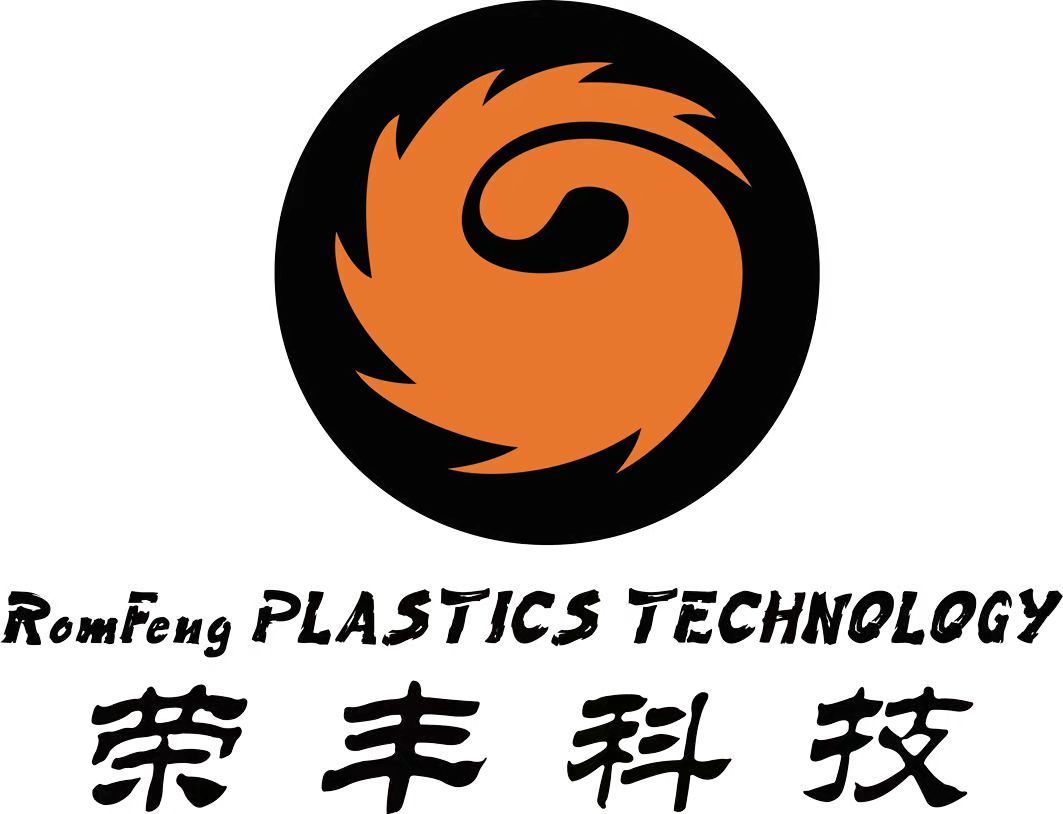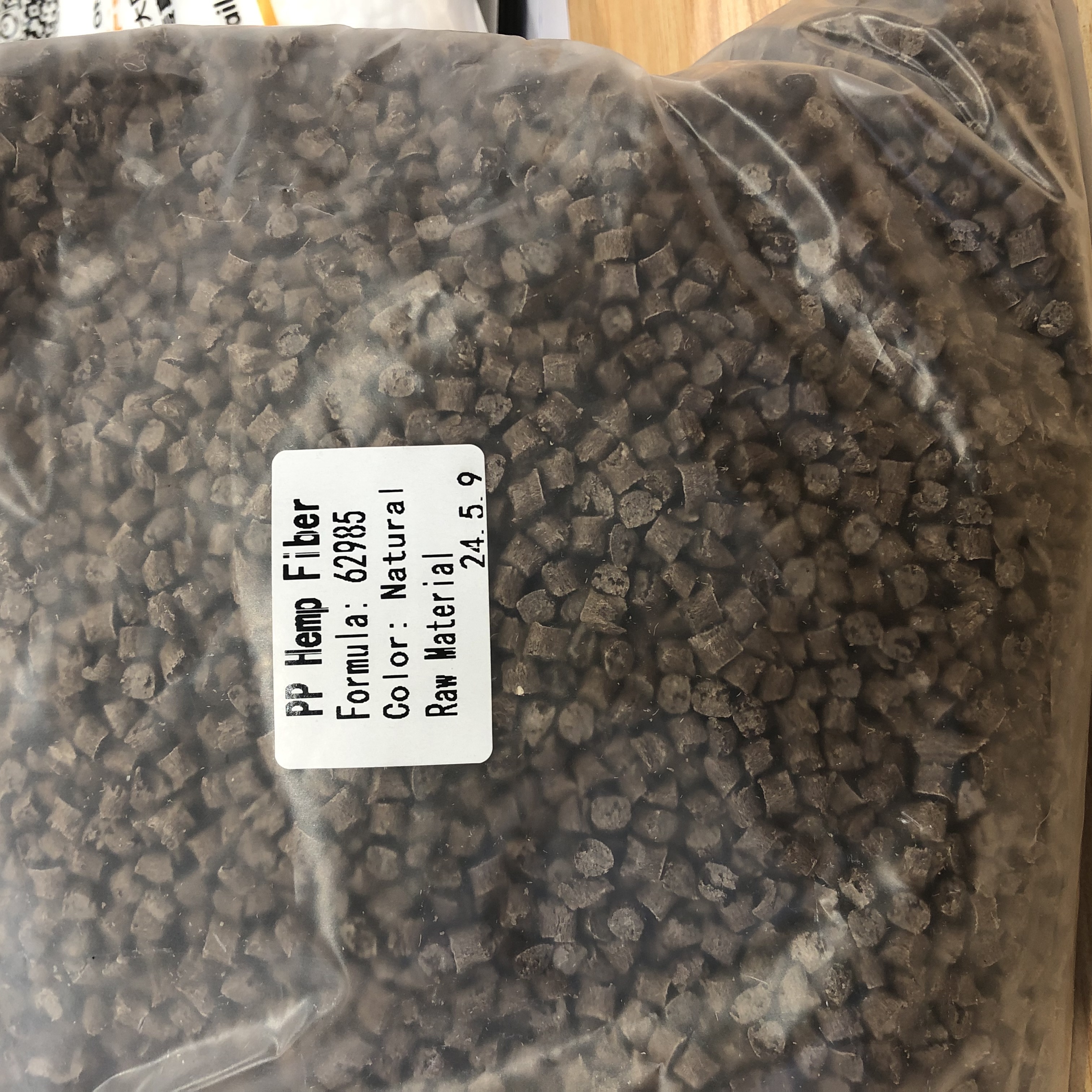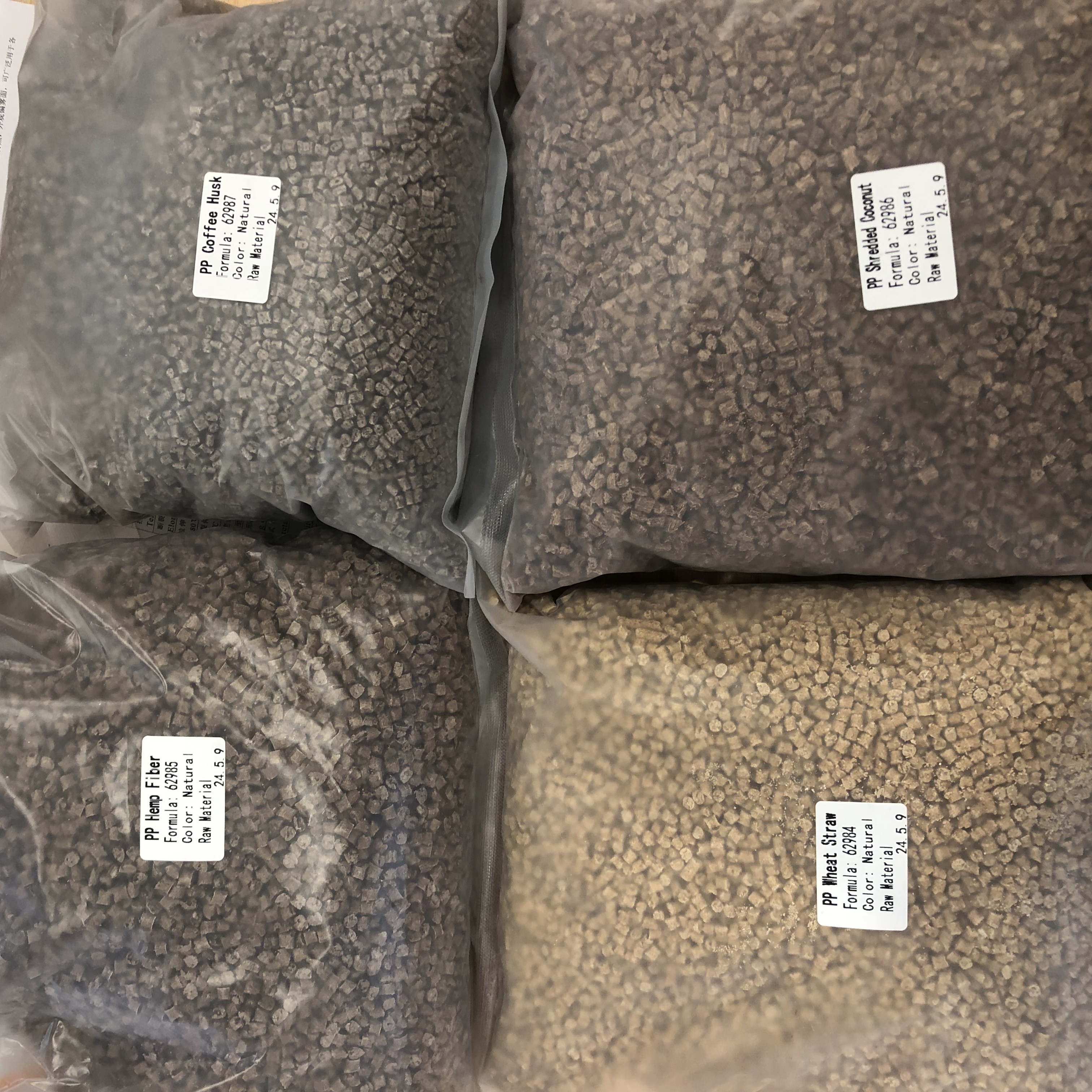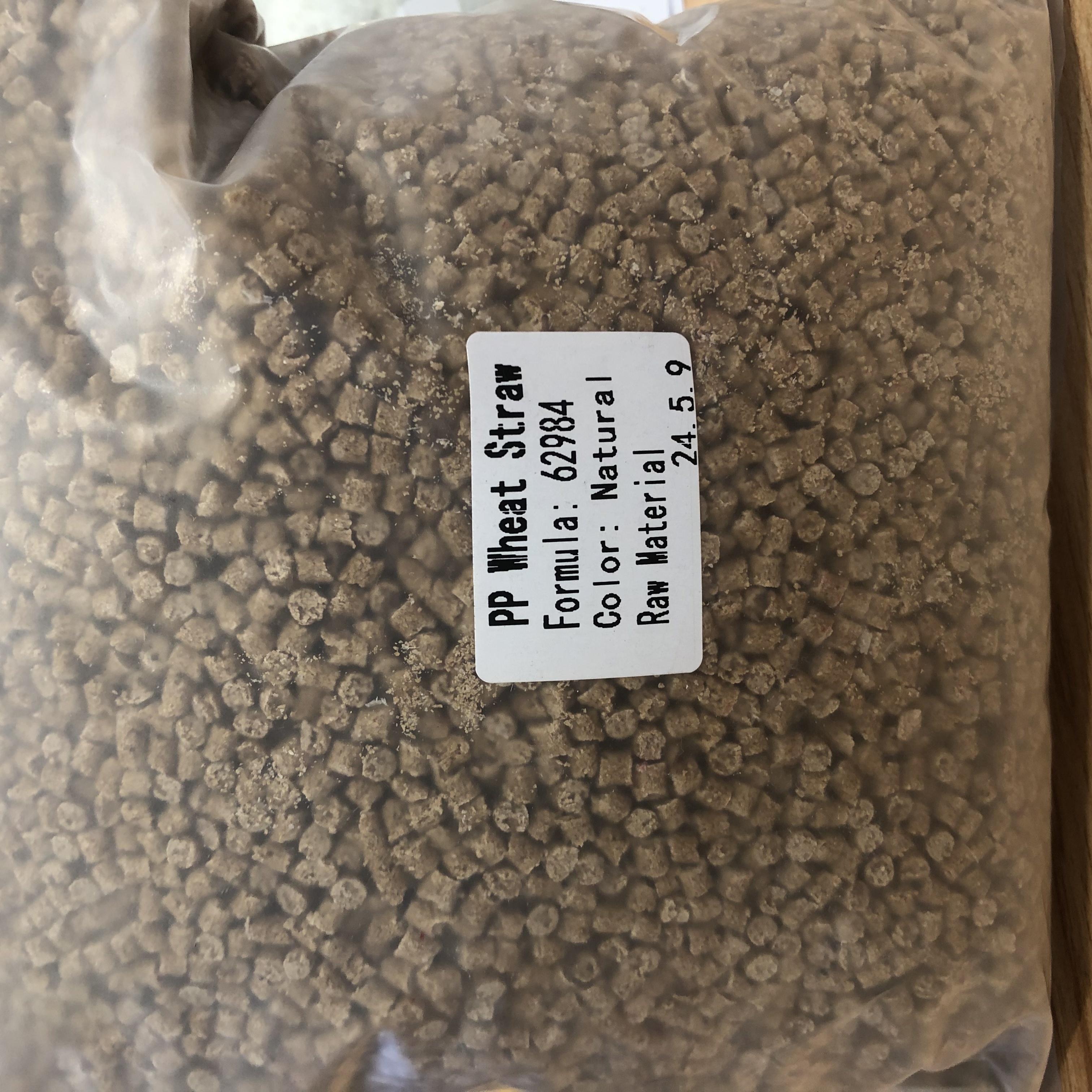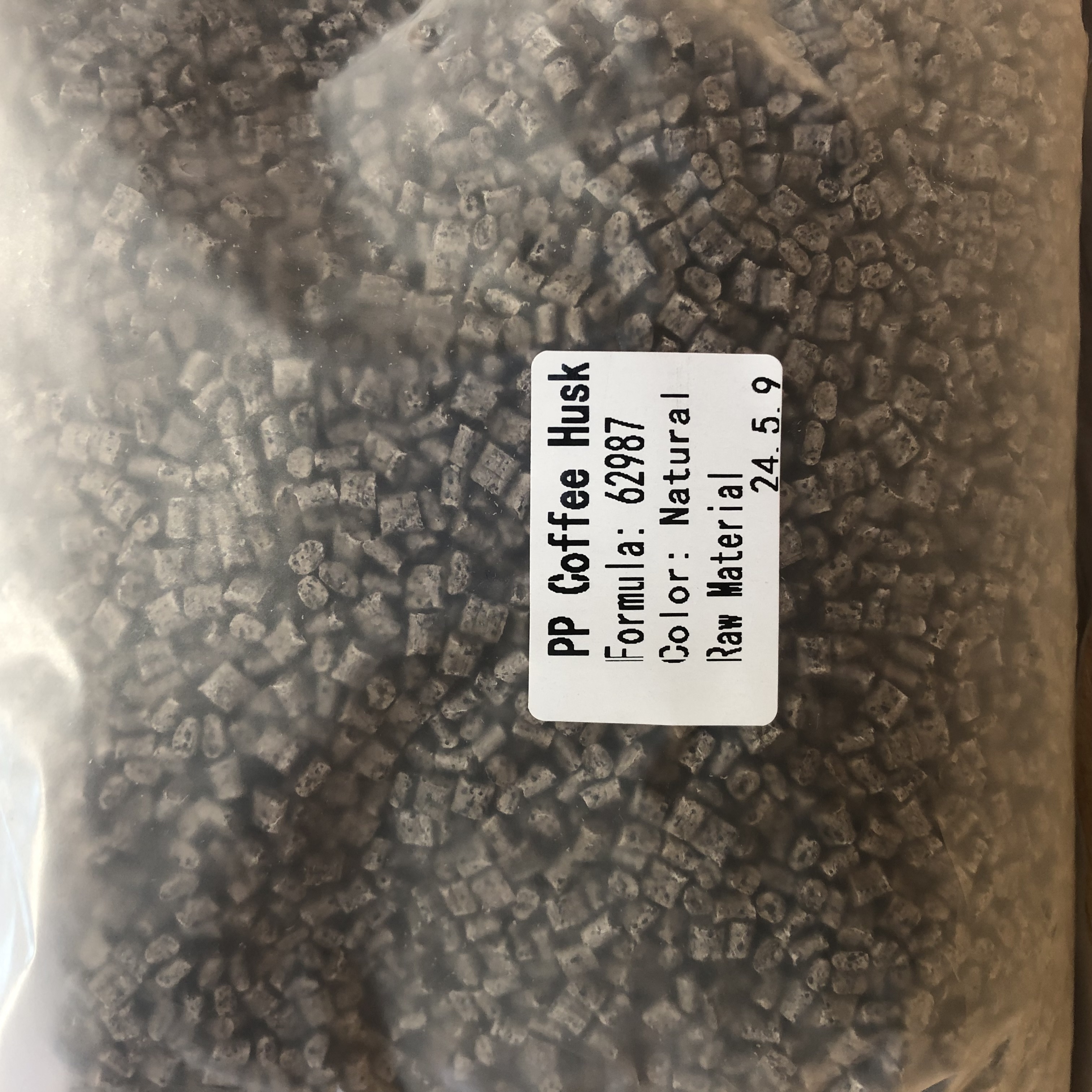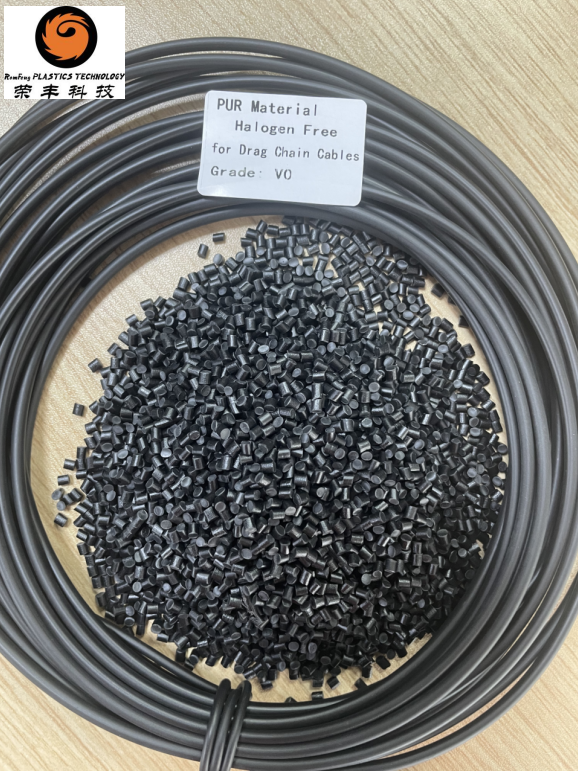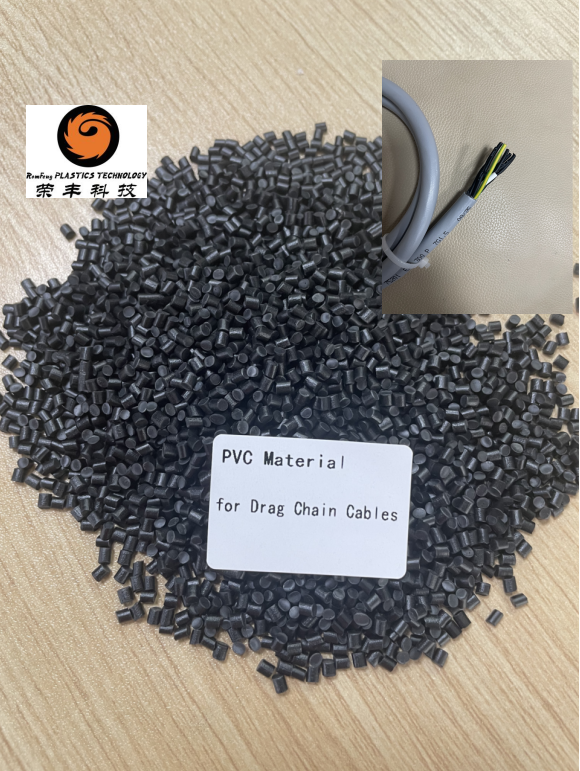PRODUCTS
Hemp Fiber Plastic Materials
Hemp Fiber Reinforced Plastic (HFRP) is a composite material combining natural hemp fibers with a polymer matrix (often bioplastics like PLA or traditional plastics). The strong, lightweight hemp fibers act as reinforcement, significantly improving the composite's mechanical properties – like tensile strength, stiffness, and impact resistance – compared to the base plastic alone. Key advantages include sustainability: hemp grows rapidly, absorbs CO2, requires minimal pesticides/water, and reduces reliance on petroleum-based plastics. While not always fully biodegradable, especially with synthetic matrices, HFRP offers a "greener" alternative with a lower carbon footprint. It's increasingly used in automotive parts, packaging, consumer goods, and building materials where strength and eco-credentials are valued.
Categorize:
Bio Plastic
Keyword:
Hemp Fiber Plastic Materials
The increasing awareness of environmental issues and the quest for sustainable alternatives have led to a surge in interest in biodegradable materials. Among these, hemp fiber plastic materials have emerged as a promising solution. This article delves into the characteristics, production processes, advantages, and applications of hemp fiber plastic materials.
Hemp, scientifically known as Cannabis sativa, has been cultivated for thousands of years for its fibers, seeds, and oils. The plant is known for its rapid growth and minimal need for pesticides or herbicides, making it an environmentally friendly crop. Hemp fibers, derived from the stalks of the plant, are strong, durable, and lightweight. When combined with biodegradable polymers, these fibers can create a composite material that retains the beneficial properties of both components.
The production of hemp fiber plastic materials typically involves several steps. First, the hemp stalks are harvested and processed to extract the fibers. This process may include retting, breaking, and decortication to separate the fibers from the woody core of the plant. Once the fibers are obtained, they can be mixed with various biodegradable polymers, such as polylactic acid (PLA) or polyhydroxyalkanoates (PHA), to form a composite material. The mixing process can be carried out using different methods, including extrusion or injection molding, depending on the desired application.
One of the most significant advantages of hemp fiber plastic materials is their environmental sustainability. As a renewable resource, hemp can be grown in a variety of climates and soil types, requiring less water and fewer chemicals than traditional crops like cotton. Additionally, the use of hemp fibers in plastic composites reduces the reliance on fossil fuels, as these materials can be biodegradable or compostable. This feature addresses the growing concern over plastic pollution, offering an eco-friendly alternative to conventional petroleum-based plastics.
Hemp fiber plastic materials also exhibit excellent mechanical properties. The natural fibers provide strength and stiffness, making the composites suitable for various applications. Furthermore, the lightweight nature of hemp fibers contributes to the overall reduction of material weight, which is particularly beneficial in industries such as automotive and aerospace. The combination of strength and reduced weight can lead to improved fuel efficiency and lower carbon emissions in transportation applications.
Another notable benefit of hemp fiber plastic materials is their versatility. These composites can be tailored to meet specific requirements by adjusting the fiber content, polymer type, and processing methods. This adaptability allows for the creation of materials with varying properties, suitable for a wide range of applications, from packaging and consumer products to automotive components and construction materials.
In the realm of packaging, hemp fiber plastic materials can be used to create biodegradable containers, bags, and wraps. These products can help reduce the environmental impact of single-use plastics while maintaining functionality and aesthetic appeal. Similarly, in the automotive industry, manufacturers are exploring the use of hemp composites for interior components, such as door panels and dashboard elements, where lightweight and sustainable materials are increasingly in demand.
Despite the numerous advantages of hemp fiber plastic materials, there are challenges to overcome. One major issue is the consistency and quality of the hemp fibers, which can vary based on factors such as cultivation practices and processing methods. Ensuring a uniform quality of fibers is crucial for maintaining the performance of the final composite materials. Additionally, the cost of producing hemp fiber plastics can be higher than that of traditional plastics, which may hinder widespread adoption in certain industries.
Research and development efforts are ongoing to address these challenges and improve the performance and affordability of hemp fiber plastic materials. Innovations in processing techniques, such as the use of advanced machinery and optimization of fiber treatments, can enhance the properties of the composites. Furthermore, increased consumer awareness and demand for sustainable products may drive down costs and encourage manufacturers to invest in hemp-based alternatives.
In conclusion, hemp fiber plastic materials represent a significant step toward sustainable material solutions. With their environmental benefits, mechanical strength, and versatility, they offer a promising alternative to conventional plastics. While challenges remain in terms of quality consistency and production costs, ongoing research and growing consumer demand are likely to propel the development and adoption of these innovative materials. As we continue to seek sustainable solutions for our planet, hemp fiber plastic materials may play a crucial role in shaping a greener future.
Certification
We rely on science and technology to create great achievements, and we see real achievements in the details. Every step of the way, my team and friends and I feel solid.
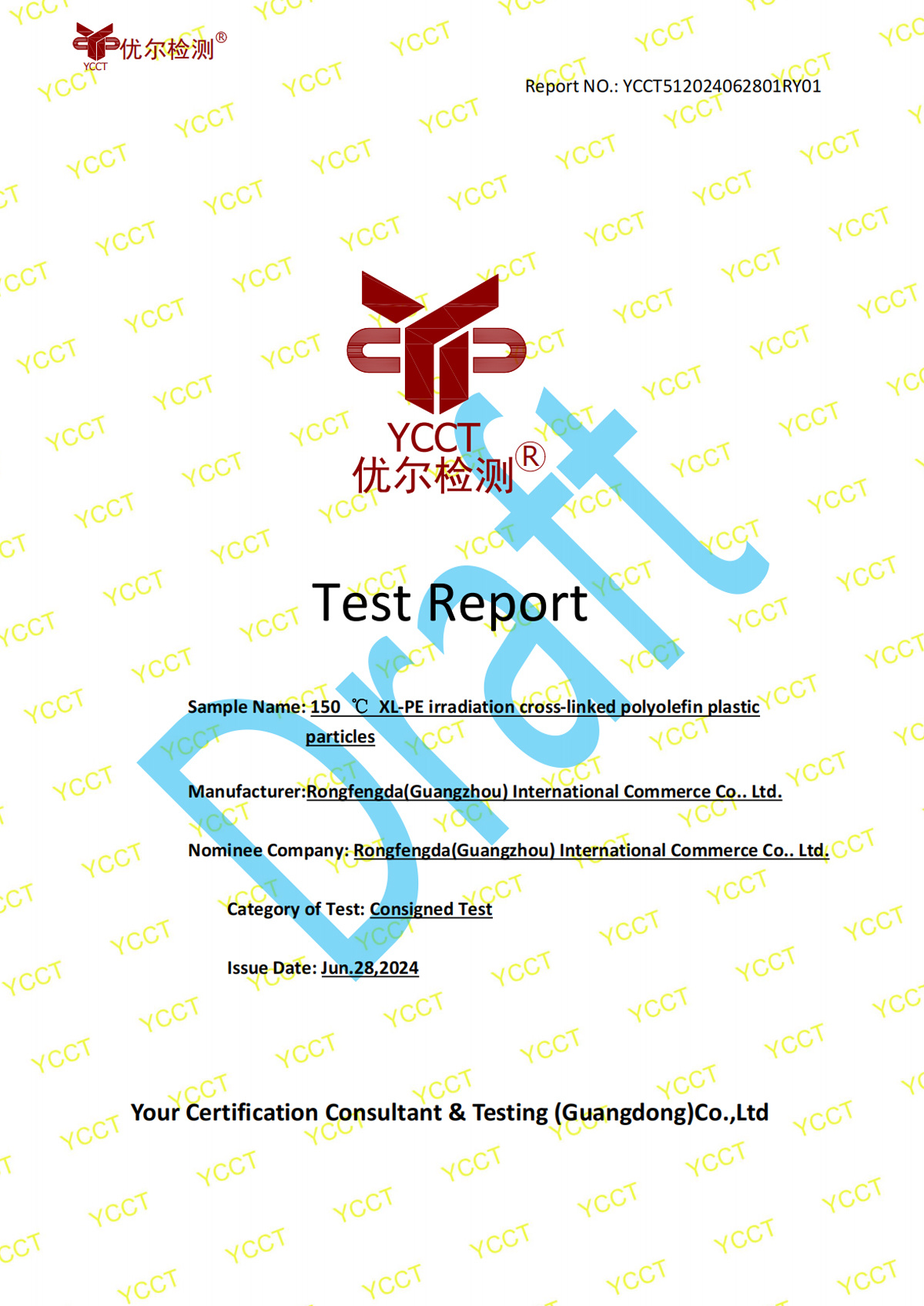

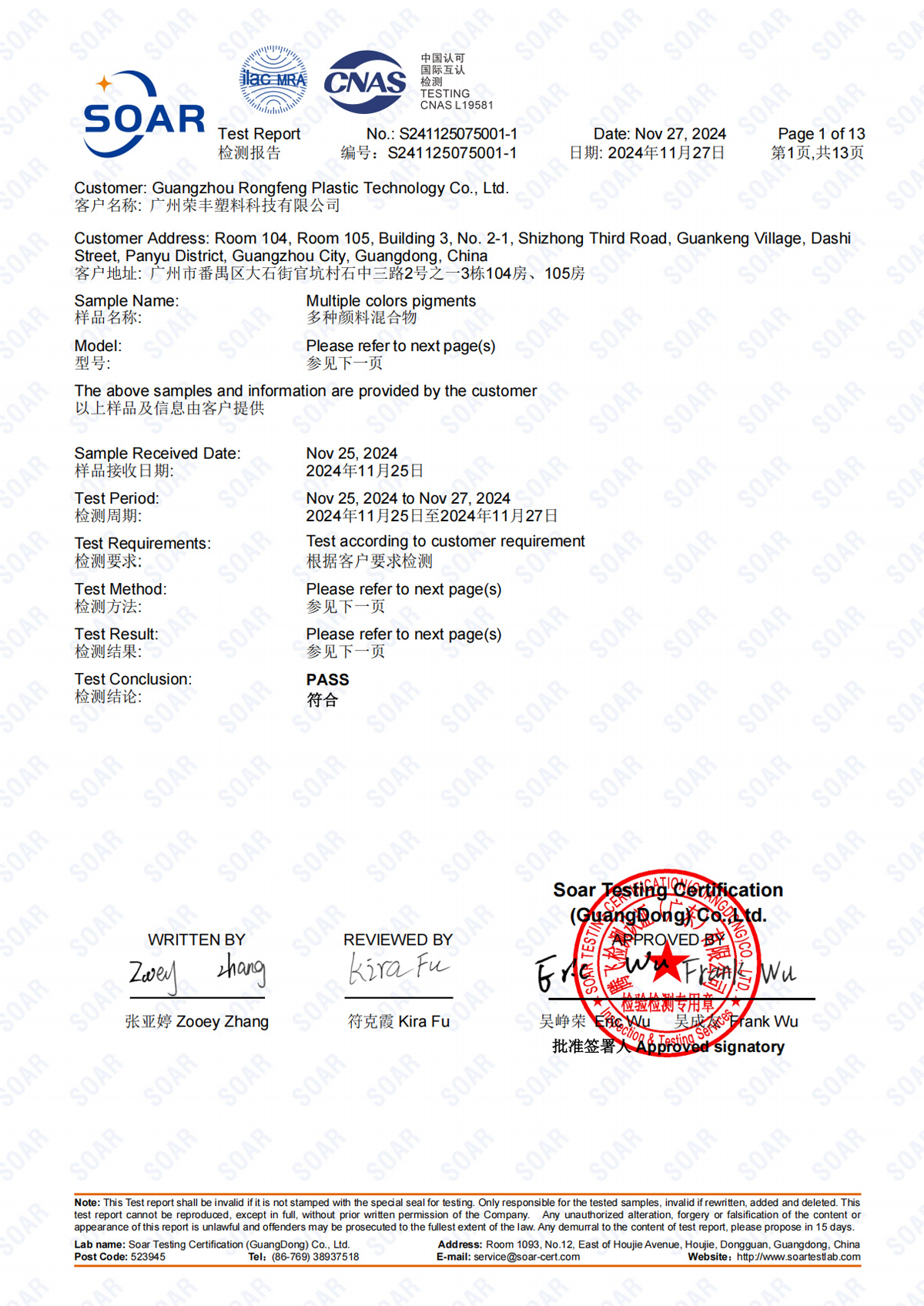
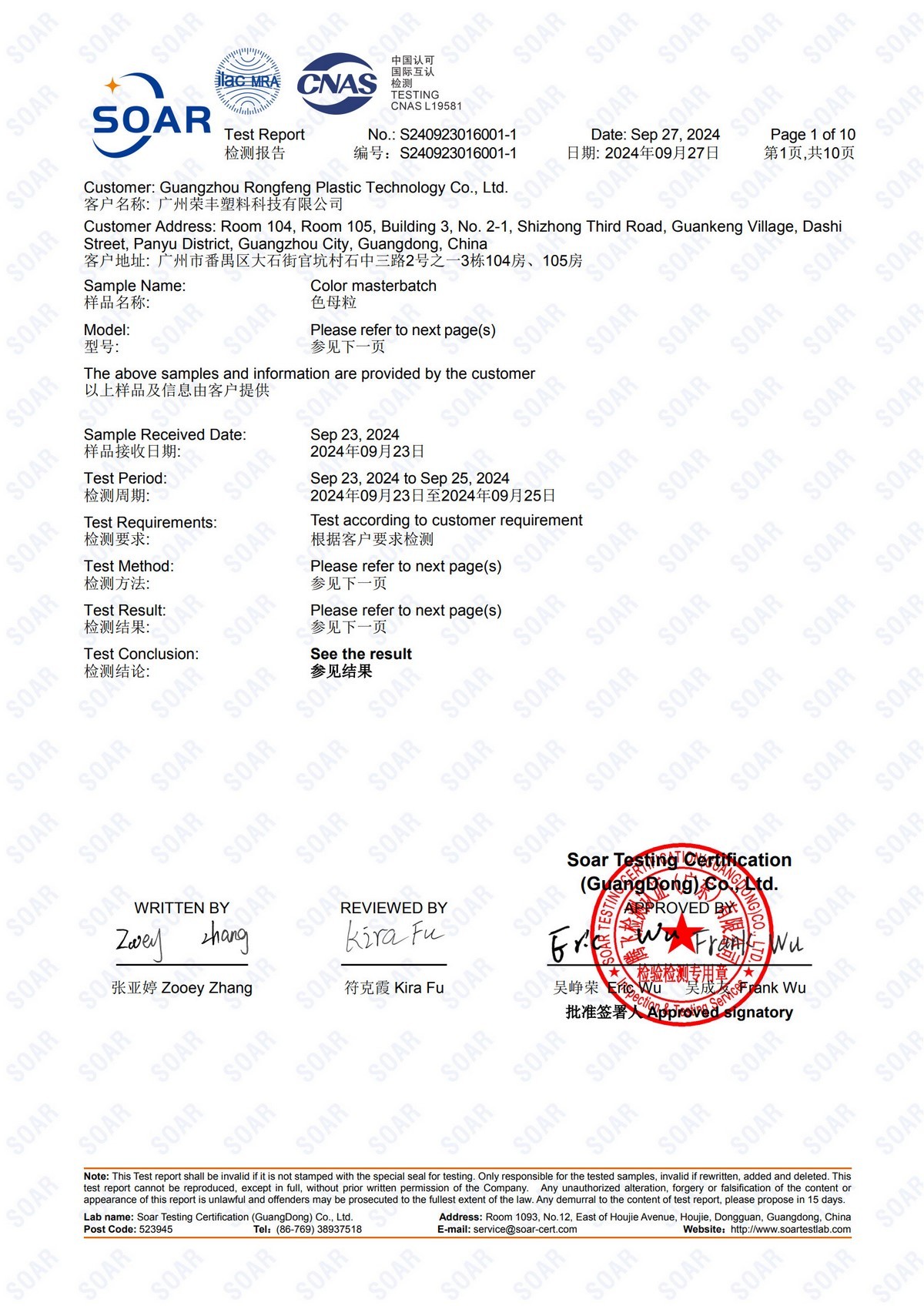
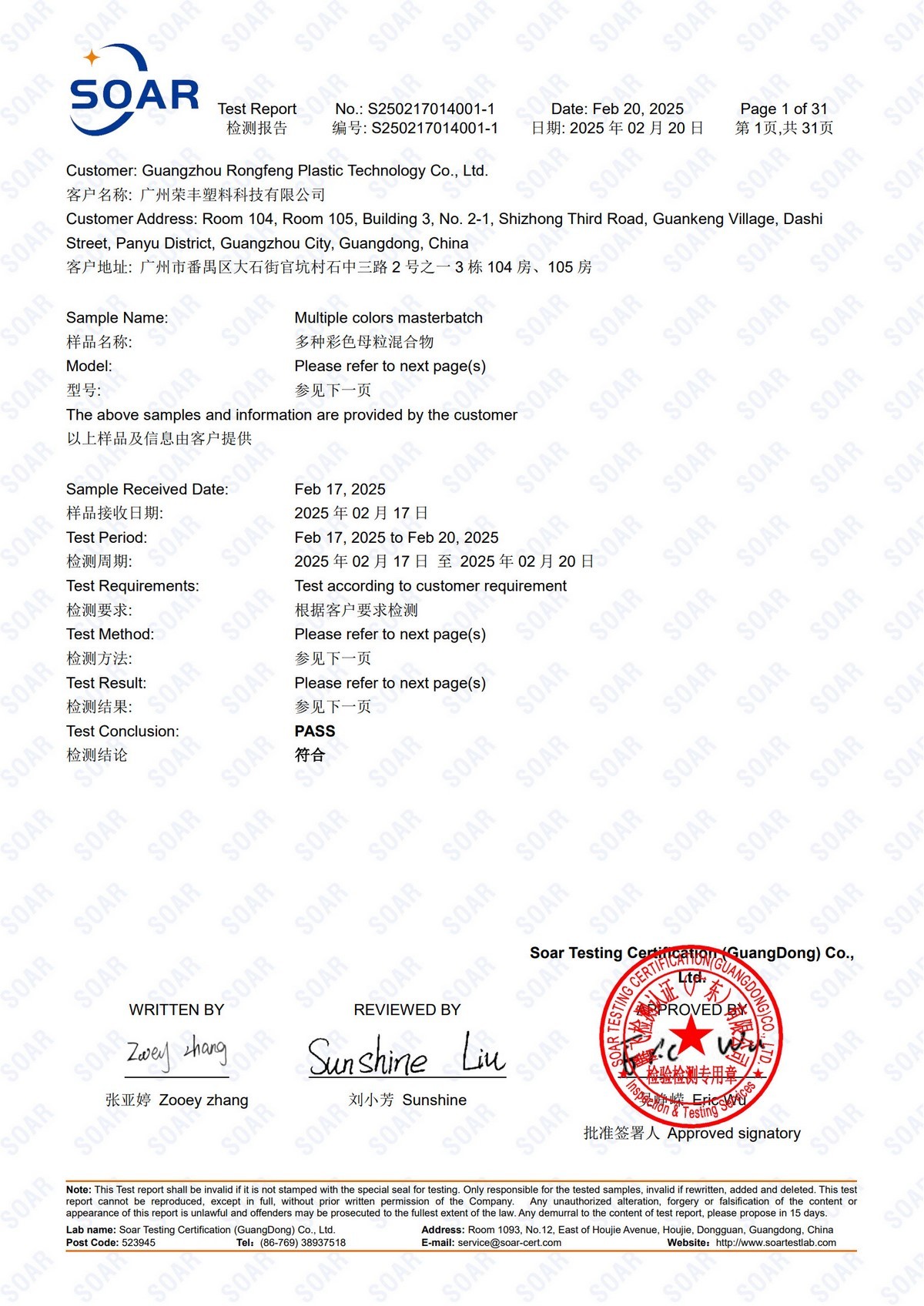
Get in Touch
You can contact us any way that is convenient for you. We are available 24/7 via fax or email. You can also use a quick contact form below or visit our salon personally. We would be happy to answer your questions.
